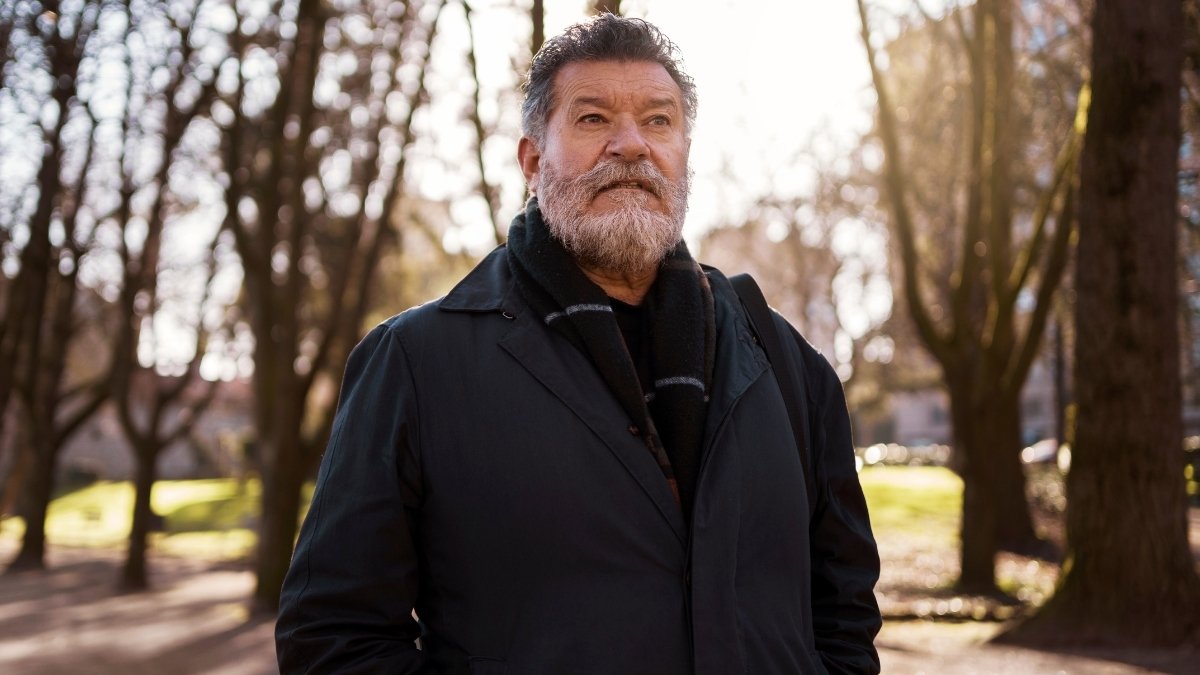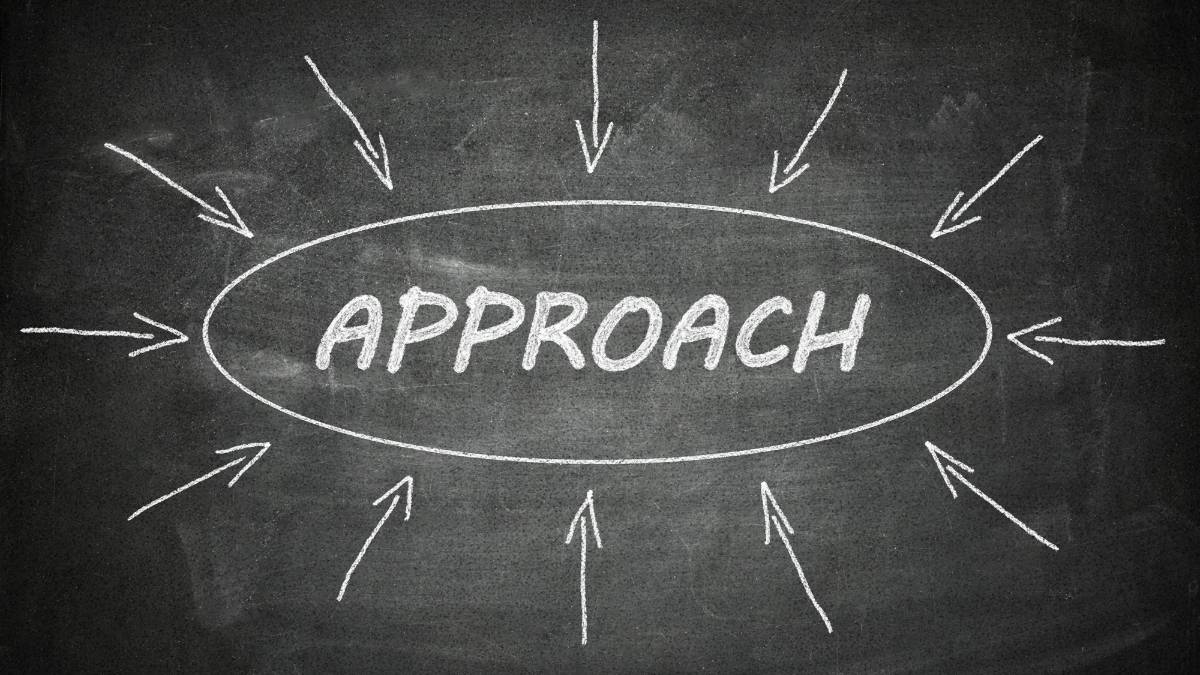Why 90-Year-Olds in Japan Live Healthier Lives Than 60-Year-Olds in America

Picture this shocking reality: A 90-year-old grandmother in Okinawa tends her garden daily, climbs stairs without assistance, and maintains sharper mental clarity than many 60-year-old Americans struggling with diabetes, heart disease, and chronic fatigue. While the United States spends more on healthcare than any nation on Earth, our aging population faces a health crisis that would astound Japanese seniors who remain vibrant well into their tenth decade of life.
The problem runs deeper than genetics or luck. American culture has created a broken system where expensive treatments replace simple prevention, where isolation replaces community support, and where portion sizes have ballooned beyond recognition. Japanese centenarians hold seven powerful secrets that could transform how Americans age, yet most of us remain blind to these time-tested strategies that cost nothing but deliver extraordinary results for decades.
1: The “Hara Hachi Bu” Philosophy vs. American “Clean Your Plate” Culture
The ancient Confucian teaching of “hara hachi bu” instructs Japanese people to stop eating when they’re 80% full, resulting in an average daily intake of just 1,900 calories compared to over 2,500 calories consumed by the typical American. This mindful eating practice contrasts sharply with Western culture’s “clean your plate” mentality, where children are taught that leaving food is wasteful or disrespectful. The Japanese approach allows the brain’s natural 20-minute delay to register fullness, preventing overconsumption and maintaining healthy body weight throughout life.
UpworthyBlue Zones Research shows that Okinawans practicing hara hachi bu maintain an average BMI of 18-22, significantly lower than the typical American BMI of 26-27 for adults over 60. Hara hachi bun me – Wikipedia This cultural difference in portion control contributes to Japan’s obesity rate of only 3-4% compared to America’s 41.9%, directly impacting long-term health outcomes and chronic disease prevention. Hara Hachi Bu: Experts Explain The Japanese Eating Philosophy
3 Practical Tips:
- Use smaller plates and bowls – Research shows people naturally eat less when using smaller dishware without feeling deprived
- Put your fork down between bites – This slows your eating pace and helps you recognize satiety signals before overeating
- Rate your fullness on a scale of 1-10 – Stop eating when you reach level 8, allowing your brain time to register satisfaction
2: Universal Healthcare Access vs. Fragmented American System
Japan achieved universal healthcare coverage in 1961, ensuring every citizen has continuous access to preventive care, regular checkups, and early intervention regardless of employment status or income level. This system costs only 11% of Japan’s GDP while delivering superior health outcomes, compared to America’s fragmented system that consumes nearly 17% of GDP yet leaves millions uninsured or underinsured.
Credit : PBS NewsHour
NihLive Science The Japanese emphasis on preventive medicine allows for early detection and treatment of conditions before they become serious, while Americans often delay care due to cost concerns, leading to advanced diseases that are more expensive and difficult to treat. Healthcare Systems: U.S. vs. Japan | Live Science This fundamental difference means Japanese seniors receive consistent healthcare throughout their lives, while many Americans face healthcare gaps that compound into serious health crises by age 60. Healthcare on the brink: navigating the challenges of an aging society in the United States – PMC
3 Practical Tips:
- Schedule annual comprehensive health screenings – Don’t wait for symptoms; preventive care catches issues early when they’re most treatable
- Establish relationships with primary care providers – Having a consistent doctor who knows your health history improves outcomes significantly
- Explore community health centers – Many areas offer sliding-scale payment options for preventive care regardless of insurance status
3: The “1975 Japanese Diet” vs. Modern Western Diet
Scientific research comparing different time periods of Japanese eating patterns found that the 1975 Japanese diet—characterized by high vegetable intake, moderate fish consumption, fermented soy products, and minimal processed foods—produced superior health outcomes in both laboratory studies and human trials compared to modern westernized diets. The “1975 Diet” and the Secret of Japanese Longevity | Nippon.com This traditional diet featured seasonal vegetables, seaweed, small portions of fish, and fermented foods like miso and natto, creating a nutrient-dense, low-calorie eating pattern that supported longevity and cognitive function.

The “1975 Diet” and the Secret of Japanese Longevity | Nippon.com In contrast, the modern American diet’s emphasis on processed foods, large portions, excessive sugar, and reduced vegetable intake has contributed to higher rates of diabetes, heart disease, and cognitive decline among aging populations. Unlocking The Secrets of Longevity in Japan The shift away from this traditional eating pattern even within Japan has researchers concerned about future longevity trends.
3 Practical Tips:
- Fill half your plate with vegetables – Aim for 5-7 servings of colorful vegetables daily, emphasizing seasonal and locally-grown options when possible
- Include fermented foods daily – Add yogurt, kefir, sauerkraut, or miso to support gut health and nutrient absorption
- Choose fish over red meat 2-3 times weekly – Focus on fatty fish like salmon, mackerel, or sardines for beneficial omega-3 fatty acids
4: Ikigai and Social Integration vs. American Retirement Isolation
The Japanese concept of “ikigai”—finding one’s life purpose at the intersection of what you love, what you’re good at, what the world needs, and what you can be paid for—keeps elderly Japanese mentally engaged and socially connected well into their 90s and beyond. 8 Japanese Longevity Secrets | Japan Avenue In Japan’s Nagano prefecture, nearly 1 in 4 people over 65 remain in the workforce, maintaining social connections, mental stimulation, and sense of contribution that supports both physical and cognitive health.

Longevity Secrets From Japan – How to Live Longer This contrasts dramatically with American retirement culture, which often promotes complete withdrawal from productive activities, leading to social isolation, loss of purpose, and accelerated mental decline. Longevity with vitality: Japanese elders provide examples for healthy aging | Novartis Japanese seniors participate in community festivals, traditional crafts, intergenerational activities, and continue contributing their skills and wisdom to society, maintaining vital social networks that support healthy aging. 8 Japanese Longevity Secrets | Japan Avenue
3 Practical Tips:
- Identify your post-career purpose – Volunteer for causes you care about, mentor younger people, or pursue meaningful hobbies that contribute to your community
- Maintain intergenerational relationships – Spend regular time with people of different ages through family, mentoring, or community activities
- Stay physically and mentally active – Join clubs, take classes, or start projects that combine social interaction with learning new skills
5: Preventive Healthcare Culture vs. Treatment-Focused Medicine
Japan’s healthcare philosophy centers on prevention through comprehensive lifestyle medicine programs, mandatory workplace health screenings, and government-led initiatives that identify and address health risks before they develop into serious conditions.
Lifestyle Medicine and Japan’s Longevity Miracle – PMC Since achieving universal healthcare in 1961, Japan has implemented systematic preventive measures including annual health checkups for all citizens, workplace wellness programs, and community-based health education that emphasizes early intervention over expensive treatments.

Healthcare Systems: U.S. vs. Japan | Live Science In contrast, American healthcare prioritizes high-tech, expensive treatments after diseases have already developed, with the focus on curing rather than preventing illness. Healthcare Systems: U.S. vs. Japan | Live Science The U.S. system’s emphasis on treatment over prevention has resulted in Americans ranking 50th globally for life expectancy despite spending nearly twice as much on healthcare as other developed nations.
3 Practical Tips:
- Schedule comprehensive annual physicals – Don’t wait for symptoms; regular screenings can detect issues 5-10 years before they become serious health problems
- Track key health metrics monthly – Monitor blood pressure, weight, blood sugar, and cholesterol regularly to catch changes early
- Invest in workplace wellness programs – Advocate for or participate in employer-sponsored health screenings, fitness programs, and stress management initiatives
6: Built-in Physical Activity vs. Sedentary American Lifestyle
Japanese daily life naturally incorporates physical activity through walking to public transportation, climbing stairs in multi-story buildings, gardening, and participating in traditional practices like morning radio exercises (rajio taiso) that keep the population active throughout their lives.
8 Japanese Longevity Secrets | Japan Avenue Many Japanese seniors continue farming, crafting, or other physically demanding activities well into their 80s and 90s, with some centenarians still tending multiple fields independently, demonstrating that consistent low-level activity throughout life maintains functional capacity.
Longevity Secrets From Japan – How to Live Longer Traditional Japanese practices like forest bathing (shinrin-yoku), martial arts, and tea ceremony encourage mindful movement that combines physical activity with mental wellness, creating sustainable exercise habits that last a lifetime. 8 Japanese Longevity Secrets | Japan Avenue In stark contrast, American suburban lifestyle promotes car dependency, with most daily activities requiring minimal physical exertion and exercise viewed as a separate activity rather than integrated into daily life.
3 Practical Tips:
- Walk or bike for daily errands – Choose active transportation for trips under 2 miles; use stairs instead of elevators when possible
- Create “movement snacks” throughout your day – Set hourly reminders to stand, stretch, or walk for 2-3 minutes during work hours
- Join community-based physical activities – Participate in walking groups, gardening clubs, or dance classes that combine social interaction with movement
7: Community-Centered Aging vs. Individualistic American Approach
Japan developed a comprehensive long-term care insurance system in 2000 that provides coordinated community support for aging citizens, including teams of doctors, nurses, social workers, pharmacists, physical therapists, and local care managers who work together to help seniors maintain independence in their own homes.
Population aging in Japan: policy transformation, sustainable development goals, universal health coverage, and social determinates of health – PMC This community-centered approach addresses both healthcare and social needs through integrated services that prevent isolation and ensure continuous support as people age, reducing the burden on families while maintaining quality of life for seniors.

Towards universal health coverage in the context of population ageing: a narrative review on the implications from the long-term care system in Japan | Archives of Public Health | Full Text In Japanese communities like Okinawa’s Ogimi village, elderly residents are celebrated and honored through official birthday ceremonies, community festivals, and intergenerational activities that maintain their vital role in society rather than marginalizing them.
3 Practical Tips:
- Build your aging support network now – Cultivate relationships with neighbors, join community groups, and maintain connections with family members who can provide mutual support
- Research local aging services – Identify community resources like senior centers, meal programs, transportation services, and healthcare coordination available in your area
- Create or join “chosen family” groups – Form close friendships with people who can provide emotional and practical support as you age, especially if biological family is distant.
General Tips:
Practice “hara hachi bu” – Stop eating when you’re 80% full to naturally reduce calories and maintain healthy weight throughout life.
Prioritize preventive healthcare – Schedule annual comprehensive health screenings and address small health issues before they become major problems.
Integrate daily movement – Walk for errands, take stairs, and garden regularly instead of relying on gym sessions alone.
Maintain life purpose after retirement – Continue working part-time, volunteering, or pursuing meaningful activities that keep you socially engaged.
Build strong community connections – Cultivate relationships with neighbors, family, and friends who can provide mutual support as you age.
Final Thought:
The stark reality is undeniable: while Americans spend nearly twice as much on healthcare as any other nation, we’re watching our 60-year-olds struggle with conditions that 90-year-old Japanese seniors have never experienced. The secret isn’t expensive treatments or miracle cures—it’s a complete reimagining of how we approach food, community, and aging itself.
Live ScienceBlue Zones Japan’s centenarians aren’t genetic anomalies; they’re the product of a society that values prevention over treatment, community over isolation, and mindful living over mindless consumption. The most shocking truth? These aren’t complex medical interventions requiring years of study—they’re simple daily practices that any American can start implementing today.
By adopting just a few of these time-tested Japanese principles, we could revolutionize not just how long we live, but how vibrantly we experience every decade of our lives. NihNovartis The choice is ours: continue down the path of expensive, reactive healthcare that leaves us sicker and poorer, or embrace the wisdom of a culture that has cracked the code on healthy longevity.






